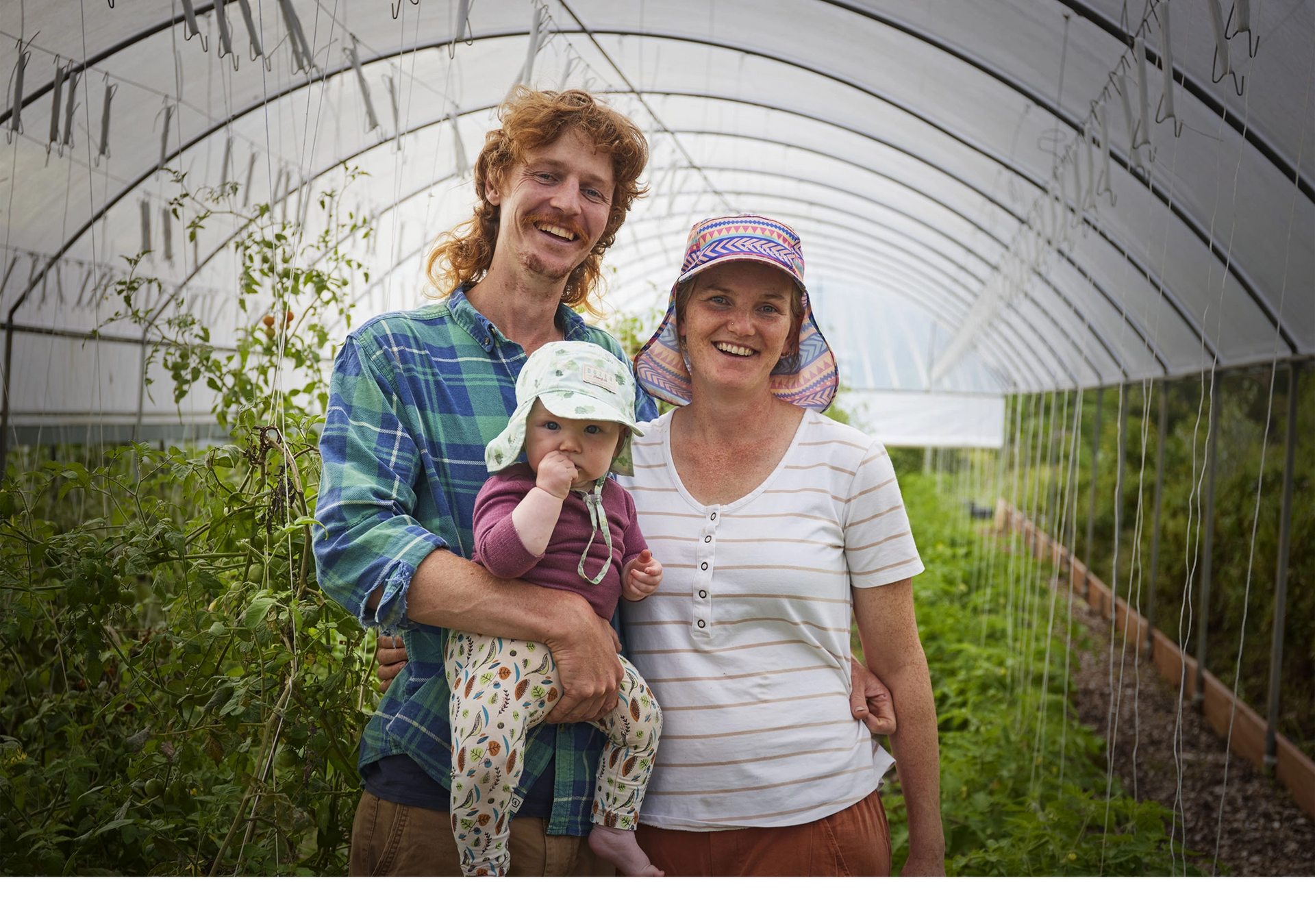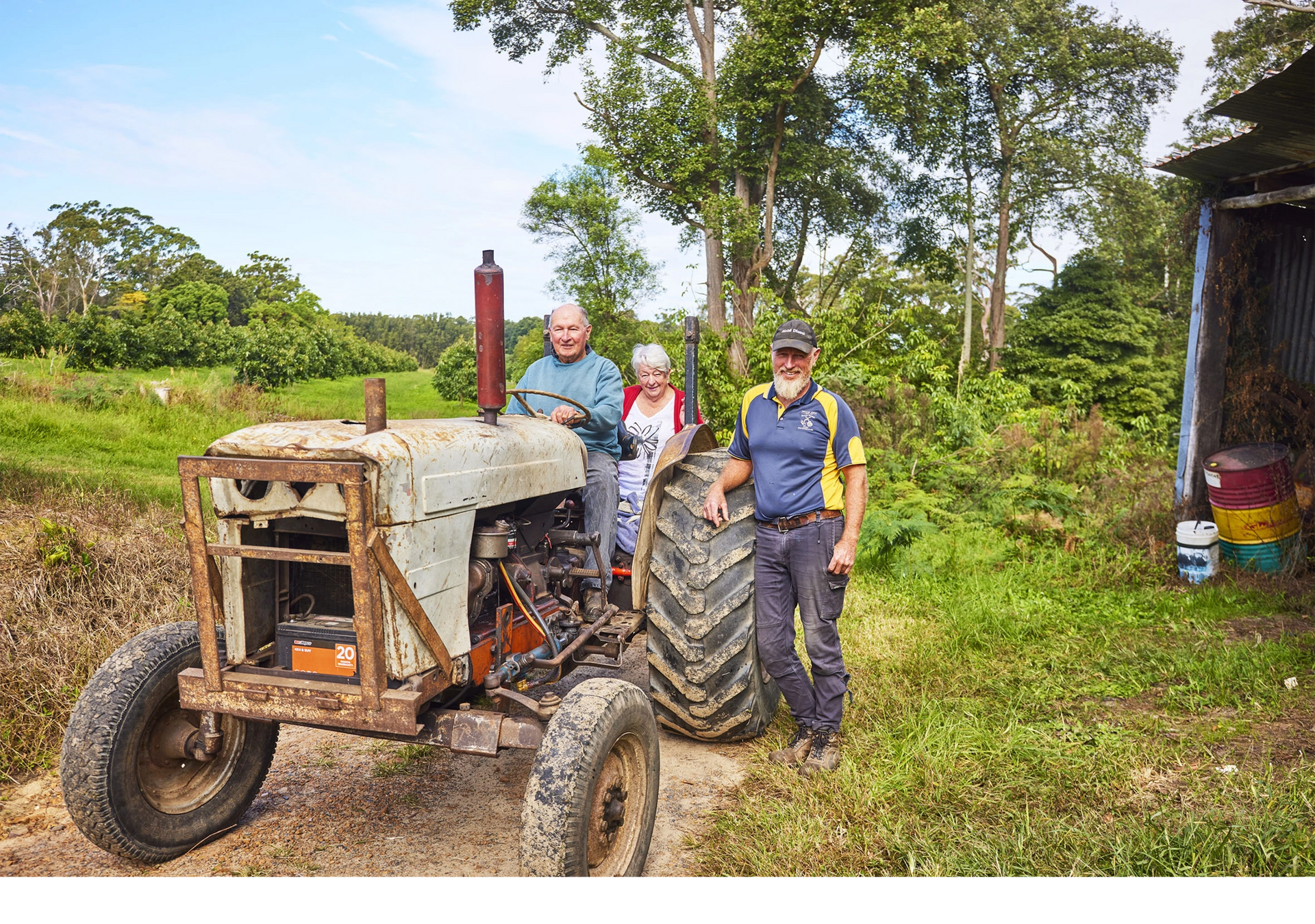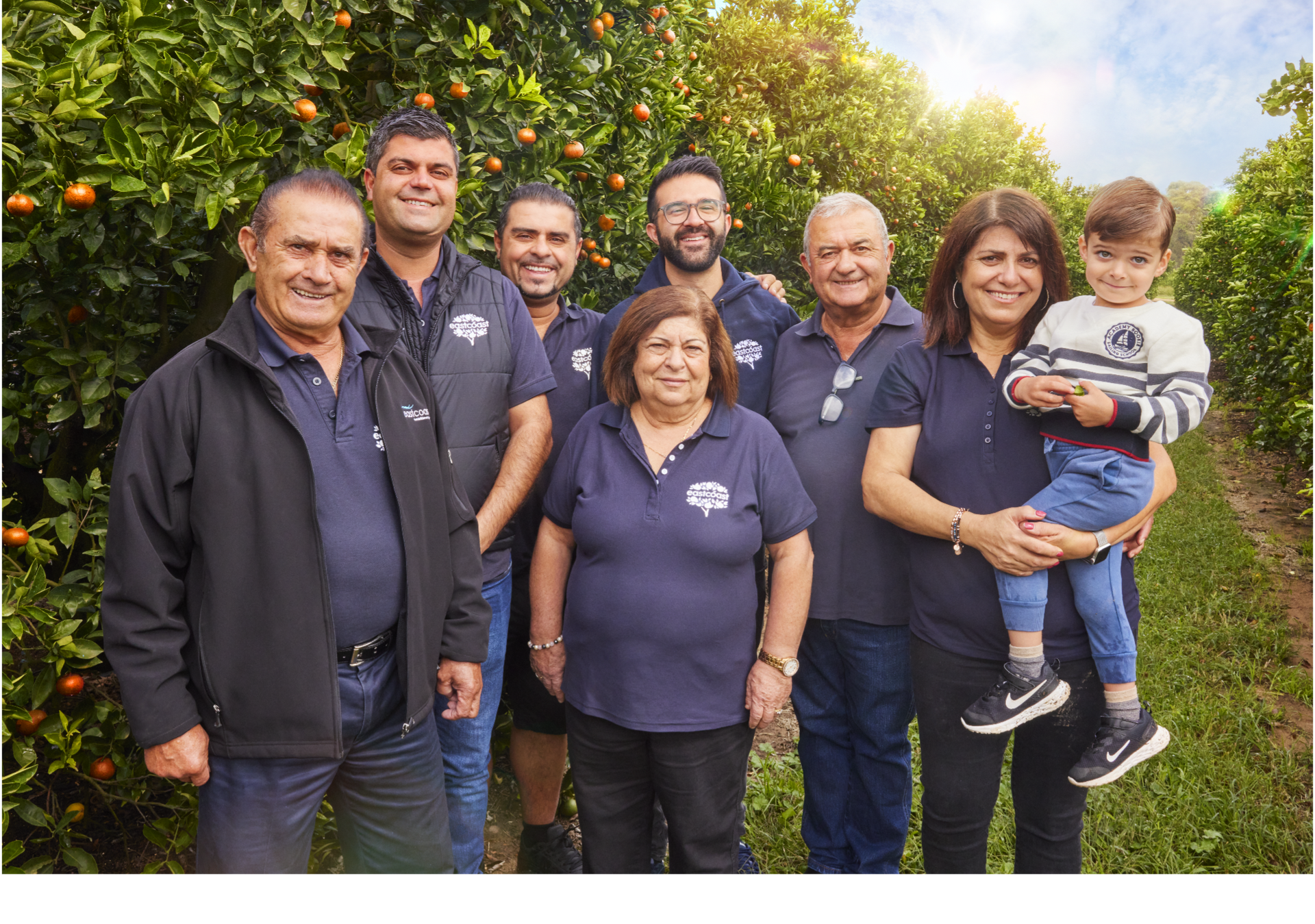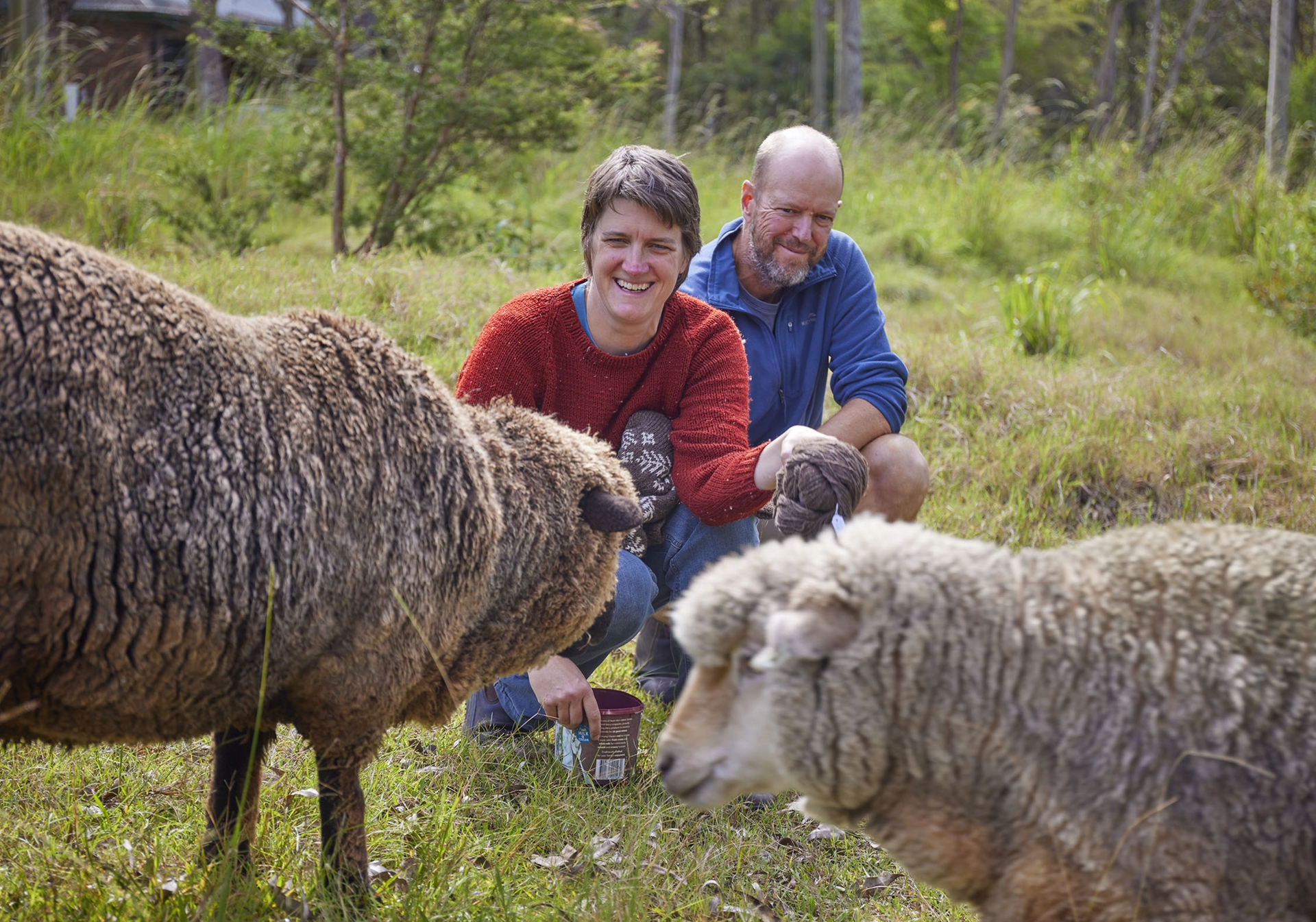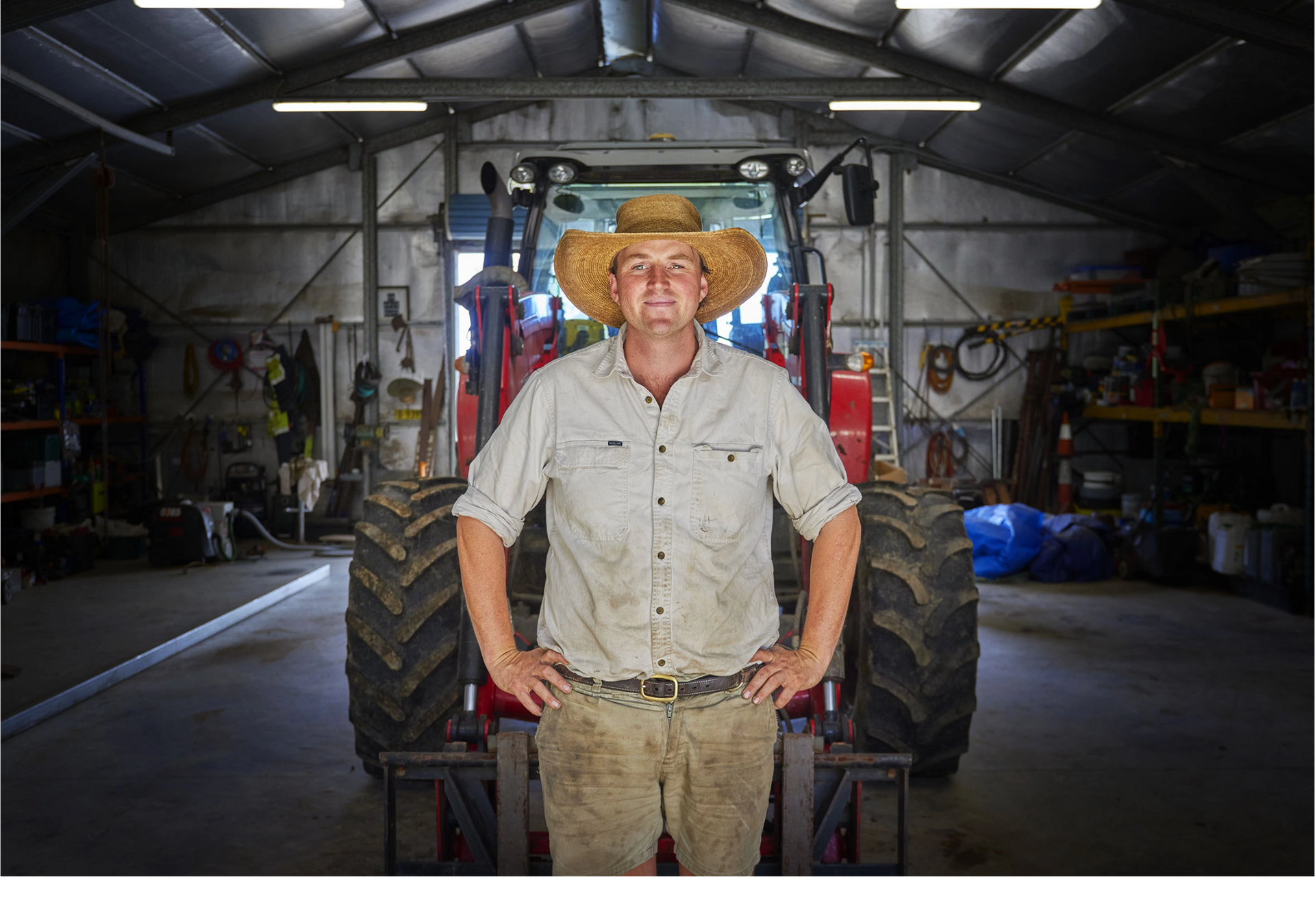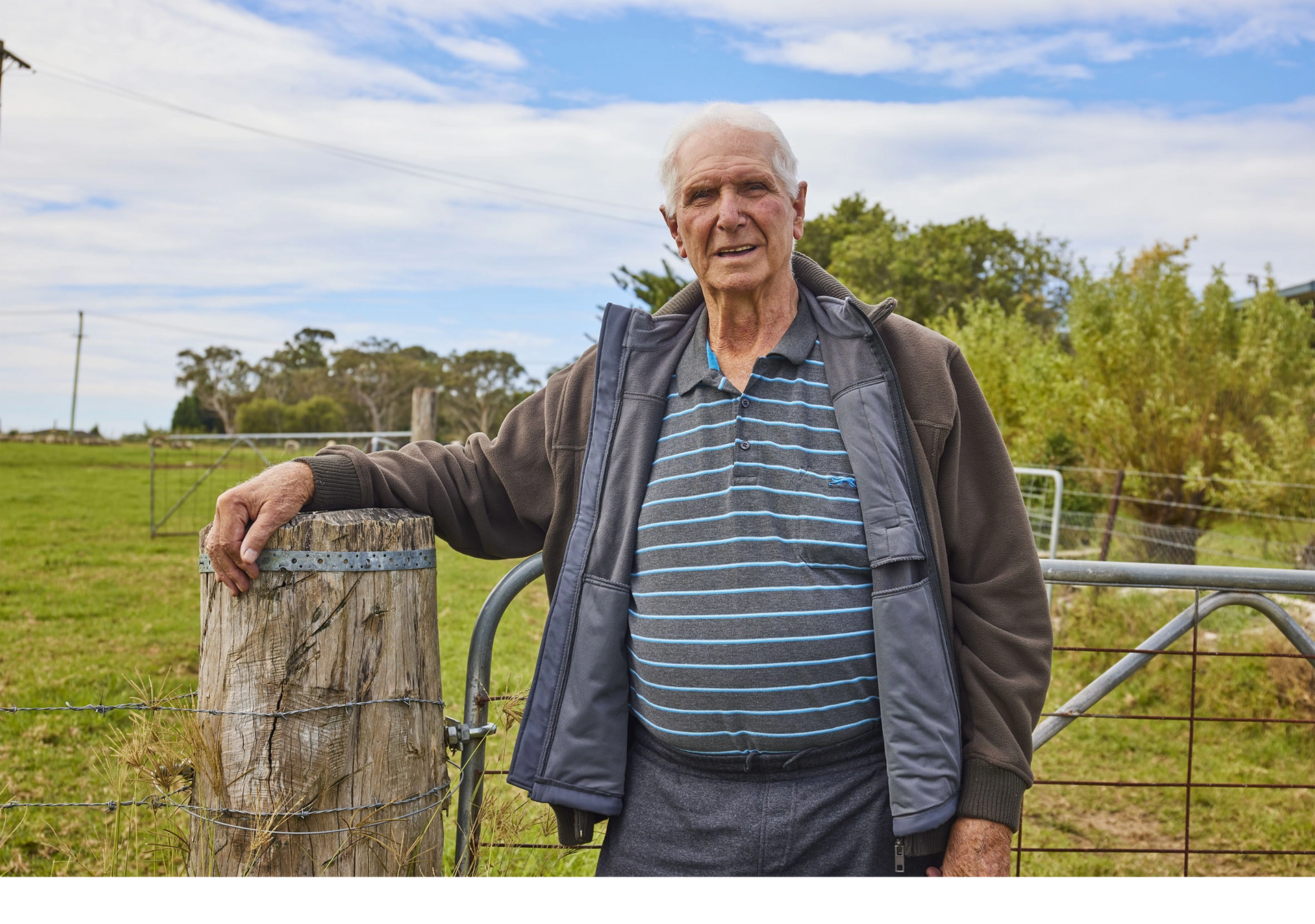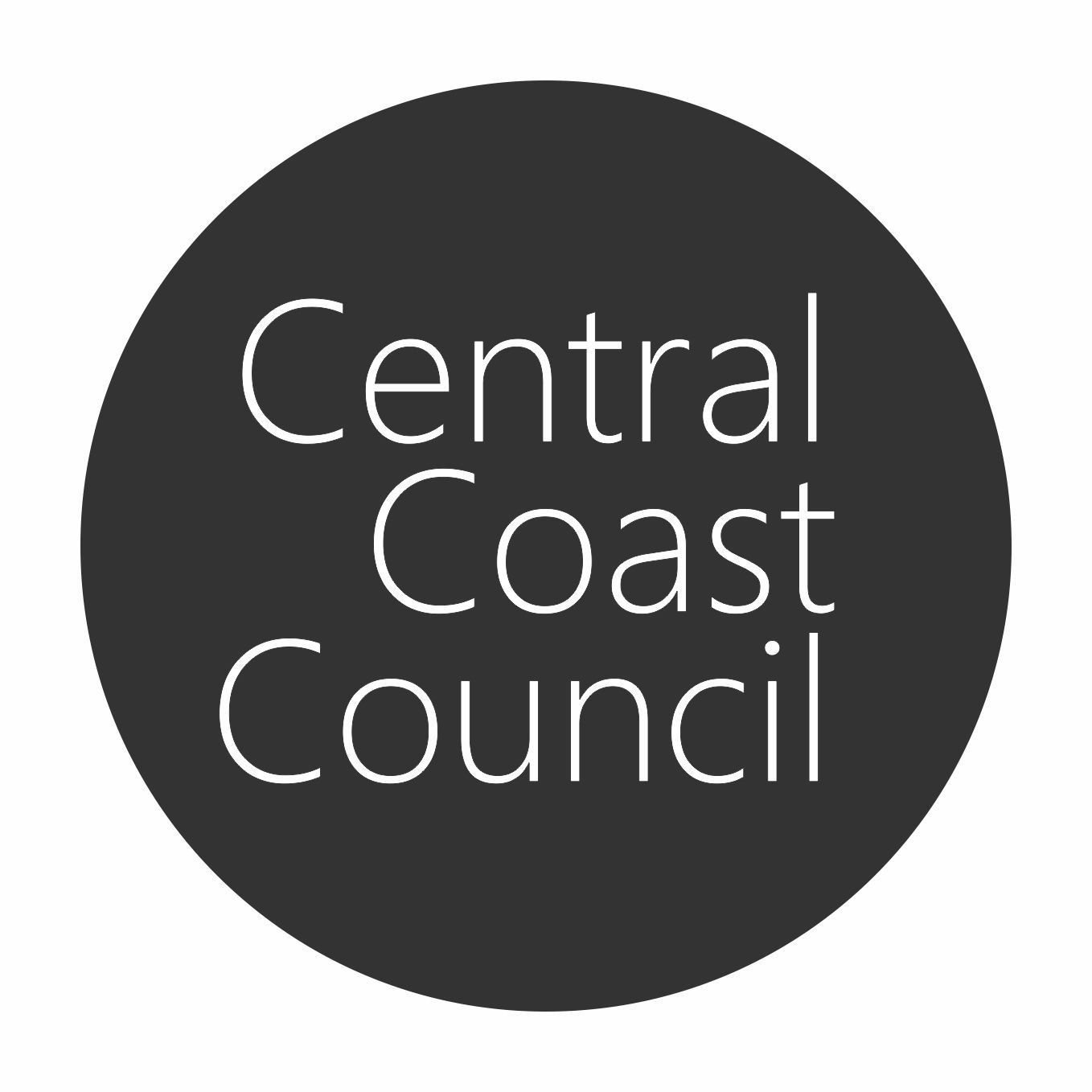Ways of Seeing is a project that aims to give insight into these often subtle and untold stories.
WHEN THESE MOUNTAINS SPEAK
The Dennis Family, Mangrove Mountain
Year: 2023 Photographer: Jeremy Hudson Words: Adrienne Ferreira
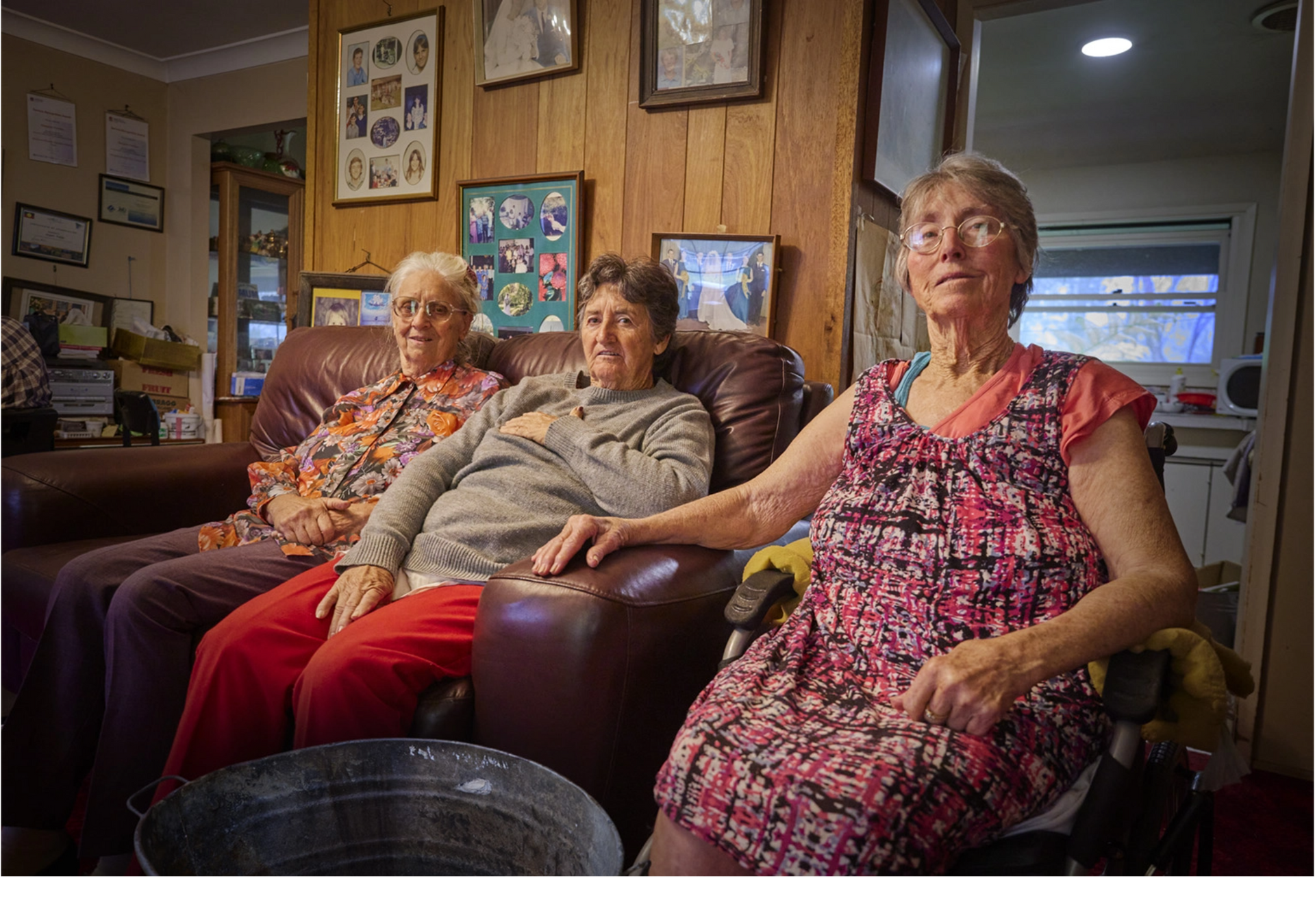
Wildflower knowledge has been in the Dennis family for generations. Mangrove Mountain sisters Clara Jones, Margaret Pontifex and June Clements come from a long line of local native plant-pickers — their family owned the second such licence ever issued in New South Wales.
‘You had to have land to go with the licence,’ Margaret explained. She and husband Ross have a small farm on Ironbark Road. "We bought this property because I inherited a native plant pickers licence from my mother, who inherited it from my grandfather. That’s how they made a lot of their money in the early days, by picking native flowers: waratahs; Christmas bells.
‘This is a really good property because it goes down the creek and joins Popran National Park. We had a lease of five hundred acres down the back, originally. It’s not a good farming block, but it was all we could afford. The ground here is very wet—there’s a lot of hanging swamps and sandstone, all ironstone underneath us. It had to be drained. That’s why we only grow small patches of foliage plants, but flowers did well.
As children, the Dennis sisters lost their father to post-war mental illness and had to live with their mother on their grandfather’s farm. One of the poorer families on the Mountain, they were schooled by Black Friar’s correspondence, because they lived remotely and couldn’t afford the bus fare. But the community was tight-knit and supportive. As teenagers, they all worked picking fruit and vegetables on neighbouring farms, sometimes paid in produce, and they were offered picking rights to other families’ land.
‘In Christmas bell season, Mum and me used to leave the kids in bed as soon as there was daylight and we’d walk out into the bell swamps,’ said Margaret. ‘You used to have to get out early because every other man and his dog would come and pinch our bells. Same with the waratahs. We’d pick and pick ‘til we couldn’t pick any more, then we’d carry them all home and bunch them. Mister Parry from Gosford—the famous Parry’s Florist—used to come and collect them, because we didn’t have a car. Boronia, swamp heath, wattle, Gymea lily—they’d take all we could supply them with.’
“Every twenty years, the local population here has to fight for our farmland. So much of the best farming land in the region is gone. We’re losing knowledge. My concern is for farming in the future — where is it going to take place? We’ve got to have somewhere for food to be grown, and we have very little agricultural land left.”
- Clara Jones.
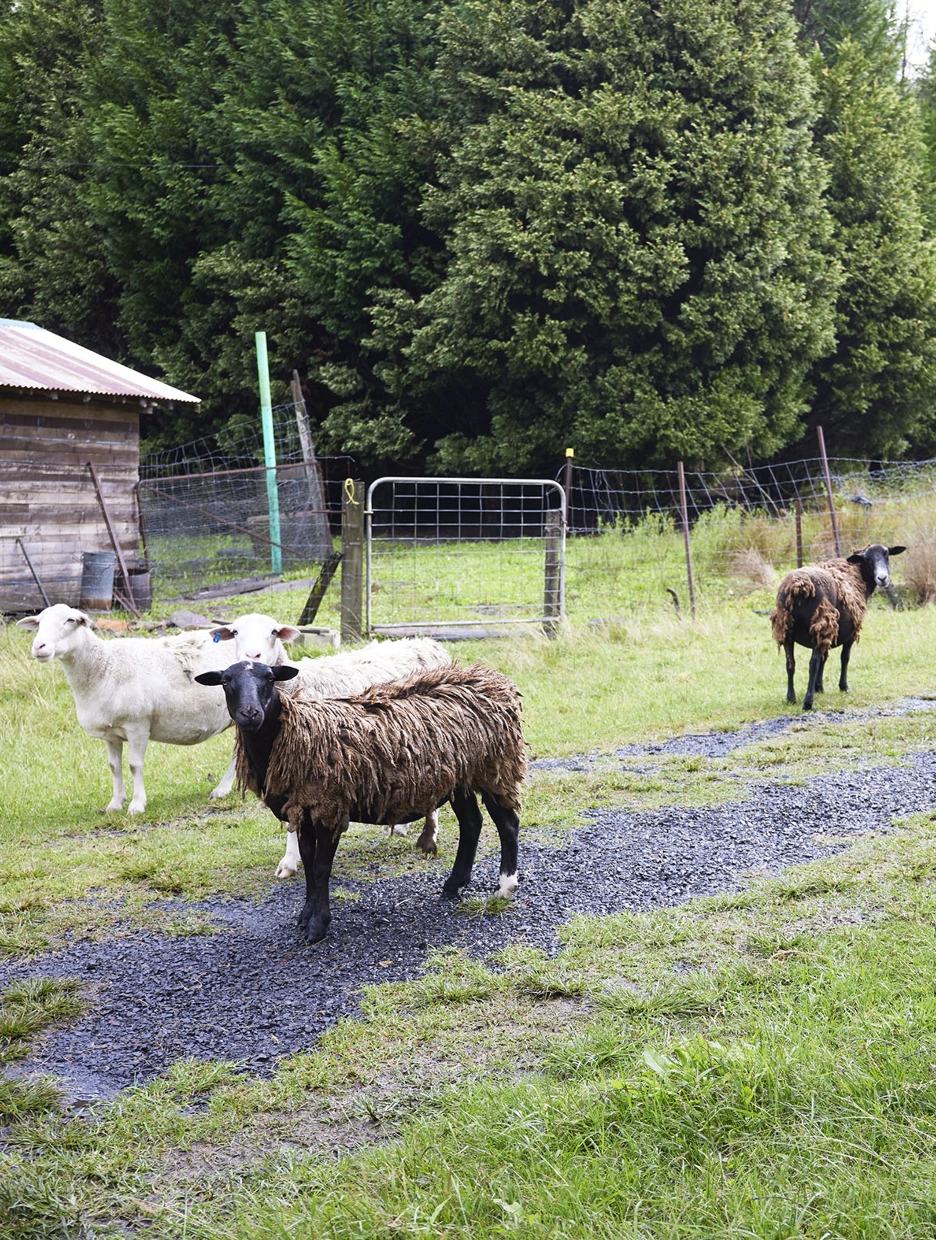
Theft and a lack of regulation have always been a problem. ‘Unfortunately, a lot of the flower pickers come in from Sydney and pull the bells out,’ Clara explained. ‘They come in, quickly pull them out and kill the plant — you must cut it. They’re doing it illegally. They don’t have a licence, but it’s not enforced.’
Clara described picking soft fern for the butcher shops and laurel for ANZAC day. ‘Pines, gum, lemon tea tree, lilly pilly. We left the natural hanging swamps—we knew to leave them.’ Later, they supplied wildflowers to the Sydney markets.
‘In 1953, when Queen Elizabeth was crowned, we sent waratahs, boronia and wattle from the Dennis family for her bouquet,’ Margaret reported with pride. ‘Air freighted by TAA!’
Although everyone in the Dennis family was encouraged to get a trade, farming ran in their blood. ‘Dad grew veggies, but was a fully qualified motor mechanic,’ said Margaret. ‘Great-grandfather and grandfather grew Granny Smith apples and mandarins and plums, opposite McKenzie Park. I think they just liked the dirt!’
Their brother, Bill Dennis was one of the first to establish organic farming in the region. A qualified carpet layer with a shop in Newcastle, Bill started Central Coast Organics. He supplied shops in Woy Woy and The Entrance and was President of the NSW Organic Farmers Association.
Margaret had a career as a school teacher, and Clara was a nurse. ‘But we made a lot of money out of the family knowledge of native flowers, and we had the ground.’ Margaret’s daughter, Maria, is now a 5th generation picker. ‘She still picks from this place and her own at Kulnura, now that we’re no longer able to.’
Like much of the agricultural land on the Central Coast, Mangrove Mountain is under threat by soaring land prices and an influx of wealthy Sydney investors seeking a rural lifestyle, but with no real interest in farming. Clara sees this as a serious concern.
‘Every twenty years, the local population here has to fight for our farmland,’ she said. ‘So much of the best farming land in the region is gone. We’re losing knowledge. My concern is for farming in the future — where is it going to take place? We’ve got to have somewhere for food to be grown, and we have very little agricultural land left.’
After a lifetime on the Mountain, Clara has witnessed some fundamental changes in the way the native landscape is managed. She’s on the Mangrove Mountain Flora Reserve Trust, and sees a growing threat from fire, but not in the way most people expect.
Previously, locals would burn at certain times of year, the older generations taking advice from First Nations Peoples and working with them to manage the bush.
‘There are a lot of turpentines as well as hanging swamps,’ said Clara. ‘They’d tell us when it was the right time to back burn and cool burn. Those Aboriginal techniques were absolutely excellent, but we don’t do any of that now.’
At that time, many First Nations Peoples on the Central Coast worked as axemen in state forests, but when key forests became national parks in the 1970’s, the axemen moved north and the area lost this Indigenous knowledge.
‘If you had bell swamps, the practice was to burn every 8th year, in March,’ Clara explained. ‘Waratahs and heath banksia need burning every so often, too. There was water down there, but dry on top. All that dry stuff suppresses the growth. After burning, the next year you’d get a bumper crop of bells.
‘The laws became such that nobody was game to burn anymore. We are losing the diversity of the native flora that are dependent on fire to reproduce. And one day, if a fire gets into that reserve, there will be a firestorm. I’ve seen it and I know how bad it is.’
‘We’d need a team of about fifty people and some Aboriginal Elders to volunteer to safely get the reserve burnt. Now we understand we need that knowledge, but it’s a very slow process to reincorporate those practices.
‘We are the last generation who were involved in this collaborative land management with Aboriginal people, and we’re getting a bit old to be able to do it.’
The original wash tub:
‘In Mangrove, the tub was where you bathed the kids and where you washed the clothes; we used it as a rinsing tub. If you had little chicks you had to keep confined, they lived in there. When dad or grandfather slaughtered a pig, you’d put boiling water out of a copper into the tub and de-hair the hog. When there was going to be a real big family do, they used to put the home-made bread dough in it, because we didn’t have a baker out here. It was also fire protection — when the terrible fire came up the mountain from Spencer in the 1950’s, my mother filled the tub with water… We were told that if the fire came, we had to climb into the tub and cover ourselves with wet towels. Everything was multipurpose back then. It had to be.’
—Clara Jones.
MORE STORIES
Alan Foods
Meliora Farm
Eastcoast Juice
Fibre Arts Shed
The Dennis Family
The Food Farm
Vumbaca & Sons
We acknowledge the Traditional Custodians of the land on which we live, work and play. We pay our respects to the Elders, past, present and emerging and recognise their continued connection to these lands and waterways. We acknowledge our shared responsibility to care for and protect our place and people.

